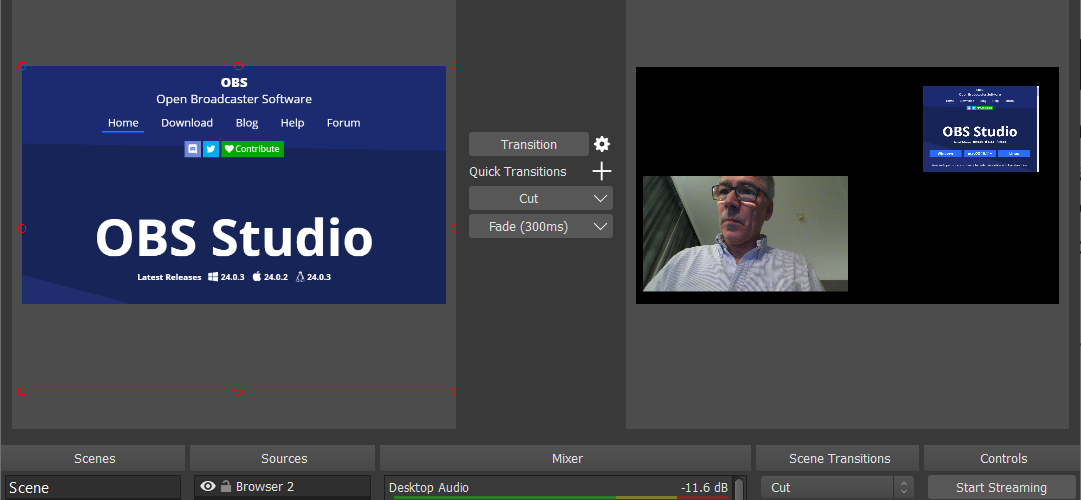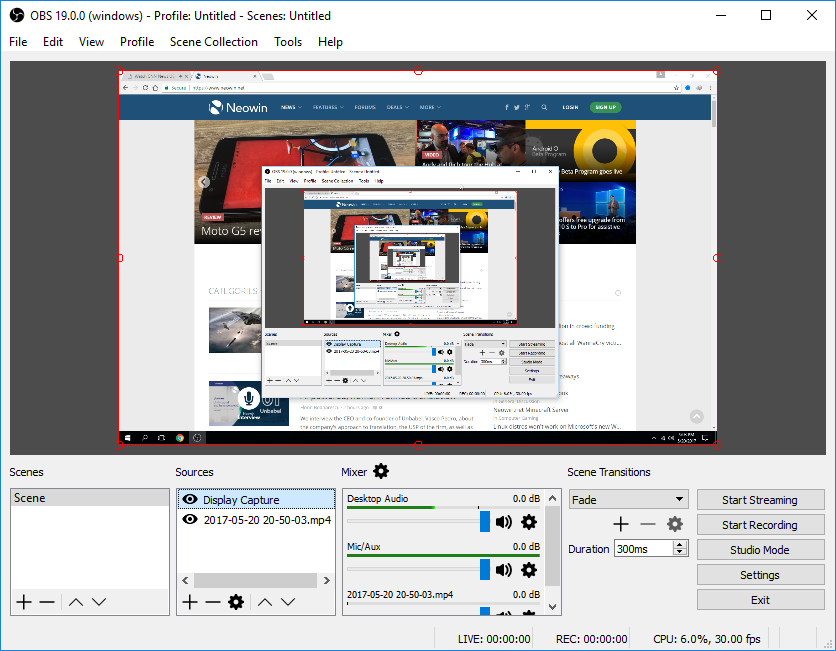

Keep in mind that the import includes an update to a newer version and thus you might need to update your configuration. You can export your existing kiwi files from SUSE Studio and import them into SUSE Studio Express. In addition, building of images for not yet released distributions will possible.

This also allows us to support these images with maintenance updates in the future.

Support for additional architectures: SUSE Studio only handled x86-64.This also works for image templates that others use as a base. Collaboration on image building: You can do the usual clone, change, submit, and review cycle to update an image and send it back to the original owner.This combined solution will now be delivered as “SUSE Studio Express”.įor those coming from SUSE Studio, the new OBS based SUSE Studio Express will give you: Since OBS already builds images for various environments, we will first add a new image building GUI to OBS. Looking at the feature requests for SUSE Studio on image building and looking at our technologies, we decided to use OBS as the base for our image building service. Reviewing these offerings and the way the image build situation has evolved, we have decided to merge the two online services, OBS and SUSE Studio, into a common solution. In the last few years, we have been updating this tool and it now can handle any kind of image.Īdditionally, the default engine for building images at SUSE is kiwi and is used in both SUSE Studio and OBS. Nowadays, images are used everywhere – for public cloud you need images container images are used to have small and movable workloads, and data center operators use golden images to start their workloads.Īs you may be aware, we have an Open Build Service (OBS) tool that helps you to build packages to deliver complete distributions. SUSE Studio was launched in 2009 to make building images really easy. Merging SUSE Studio and Open Build Service


 0 kommentar(er)
0 kommentar(er)
